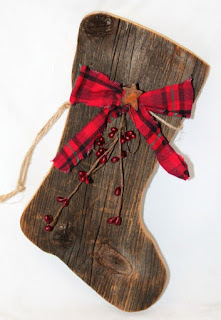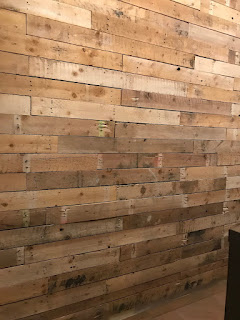DIY Pergola Plans: Adding Charm and Function to Your Outdoors
Transform your outdoor space from ordinary to extraordinary with a DIY pergola! This versatile structure offers shade, defines areas, and adds undeniable charm to your backyard, patio, or deck. Forget expensive contractors; with a little planning and elbow grease, you can build your dream pergola and enjoy the satisfaction of a job well done. This guide provides detailed plans and tips to help you through each step, ensuring a beautiful and functional addition to your home.
Planning Your Pergola Project
Before you even pick up a saw, careful planning is crucial. Measure your space meticulously. Consider the dimensions of the area you want to cover, ensuring sufficient clearance from surrounding structures and landscaping. Think about the pergola's purpose – will it primarily provide shade, create a dining area, or serve as a focal point for relaxation? The answers will guide your design choices, from size and style to material selection. Sketch out your design, noting dimensions and desired features. This preliminary step prevents costly mistakes down the line.
Choosing Your Materials
The materials you select directly impact the pergola's durability, aesthetic appeal, and overall cost. Pressure-treated lumber is a popular, affordable, and readily available option, offering good resistance to rot and insects. For a more upscale look, consider cedar or redwood, which are naturally resistant to decay and boast a beautiful grain. Don't forget about the roofing material! You have numerous choices including lattice, canvas, polycarbonate sheets, or even climbing vines for a natural, green roof. Carefully weigh the pros and cons of each option based on your budget, aesthetic preferences, and the level of shade desired.
Building Your Pergola: A Step-by-Step Guide
With your plans finalized and materials gathered, it's time to get building! Begin by preparing the ground. This usually involves leveling the area and setting concrete footings or using pressure-treated posts set deeply into the ground. Ensure these are perfectly plumb and stable to create a sturdy foundation for your pergola. Next, construct the main frame, assembling the posts and beams according to your design. Pay close attention to squareness and levelness at each stage. Use appropriate fasteners for your chosen materials.
Adding the Roofing and Finishing Touches
Once the main frame is complete, you can begin adding the roofing material. If using lattice, carefully measure and cut the pieces to fit, ensuring a neat and secure attachment. For other roofing options, follow the manufacturer's instructions. Finally, add the finishing touches. This might involve sanding down rough edges, applying a protective sealant or stain to enhance the wood's beauty and durability, and adding any decorative elements you desire, such as hanging lights or planters. Remember to always prioritize safety, wearing appropriate protective gear throughout the entire process.
Maintaining Your Pergola
Your DIY pergola is a significant investment, both in time and effort. Proper maintenance will prolong its lifespan and beauty. Regular cleaning is essential, removing debris and leaves to prevent rot and mold growth. Inspect the structure periodically, checking for loose fasteners, signs of rot or insect infestation, and any damage from weather. Re-stain or reseal the wood every few years, depending on the product and exposure to the elements. With a little care, your DIY pergola will provide years of enjoyment and enhance your outdoor living space for years to come.













